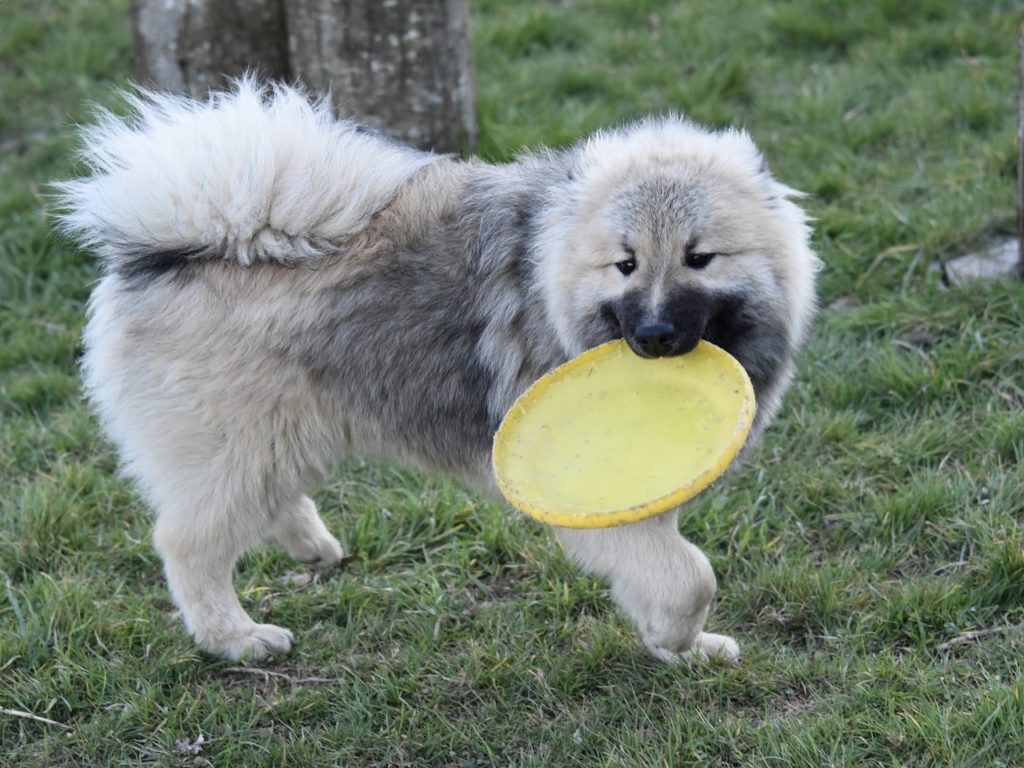
A Frisbee is also referred to as a flying disk. It is a flying toy that is normally made of plastic and is roughly 20-25 cm in diameter. It is used competitively and recreationally for throwing and catching. For many centuries, humans have utilized disc shaped objects for fun and as weapons in some instances. Throwing the discus was one of the games, participated, in the Olympics in ancient Greece.
Throwing a Frisbee is, normally, an exciting activity for young children. They enjoy throwing and running after a Frisbee. This is a fantastic activity if you want to keep kids busy. It is also an easy game to understand. Below is what a child needs to know before engaging in the game:
l Separate the child’s ring finger and the middle finger
l Place the child’s middle and index finger on the inner rim of the disk and the thumb on the other side
l The child’s middle finger should be placed along the rim close to the bottom of the Frisbee
l The child should then bring the disc over his or her head holding it in a nearly upside down position; and
l The child should then take a big step forward while he or she throws the Frisbee.
Frisbee is one of the most entertaining outdoor activities a family can engage in. For kids, it combines numerous fun elements and it gives the child an opportunity to exercise his or her body. According to experts, there are several advantages that accrue to playing this game. This include: getting children off electronics, improving hand to eye coordination and getting children to exercise adequately.
Investigating and Proving Scientific Results
All scientific investigations are commenced by making an observation. For example, a scientist might wonder how a rainbow comes around. Scientific investigations or experiments are things that capture a scientist’s attention.
Secondly, the scientist will be required to make a hypothesis. A hypothesis is a possible answer to the question posed. A hypothesis may or may not be the right answer to the question. Experiments prove whether it is right or wrong.
Thirdly, the scientist makes a prediction based on the hypothesis. In this case, the scientist might predict, for example, if the fuse for the toaster is broken, perhaps replacing the fuse with a new one will solve the problem. After making predictions, the scientist begins to test his or her hypothesis.
The results of the experiment may or may not support the hypothesis. Supportive results are not conclusive prove that the hypothesis is correct; they merely mean that the hypothesis has a high likelihood of working. Additionally, results that contradict the hypothesis usually mean that the hypothesis is wrong. However, this could be as a result of errors during the experiment. This is a possibility that all scientists consider during experiments. In short, a result that contradicts your experiment requires you to discard the hypothesis and come up with a new hypothesis.
The last step of conducting a scientific investigation is to reflect upon the results and use them as a stepping stone towards improving or rectifying the scientific method applied.
